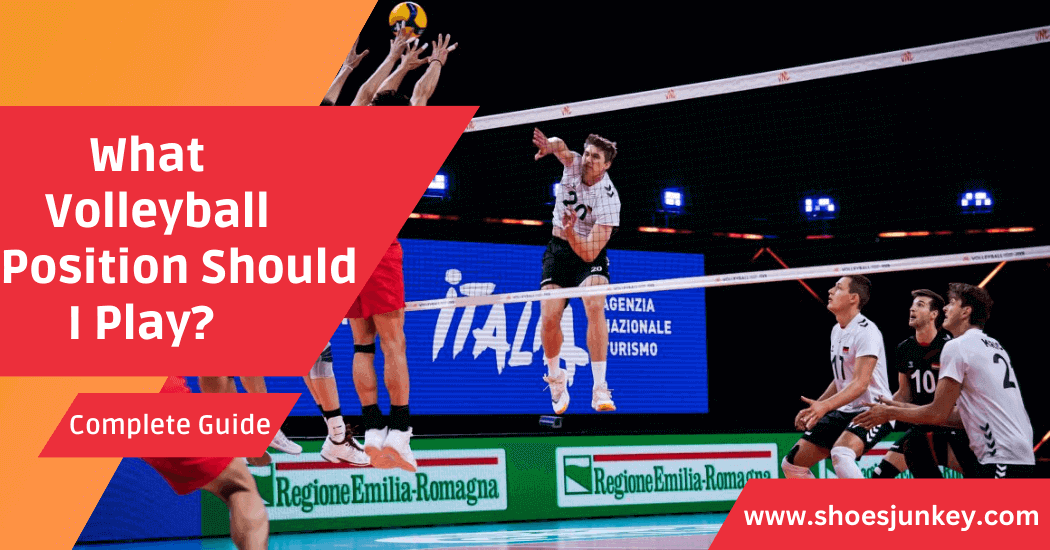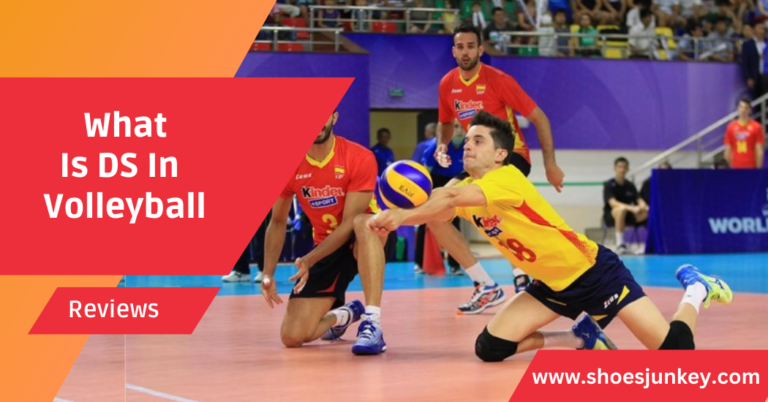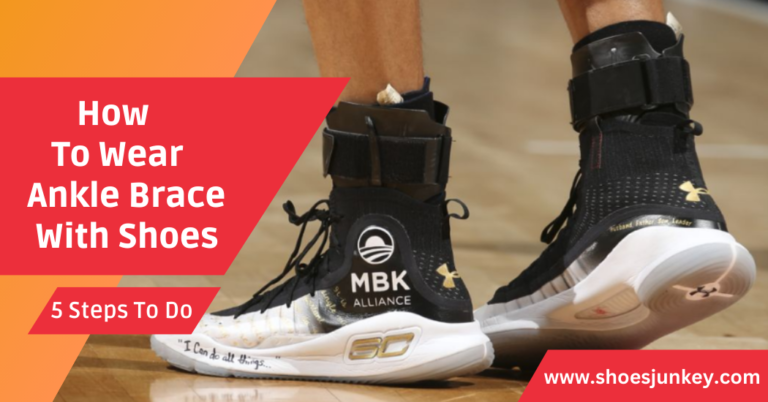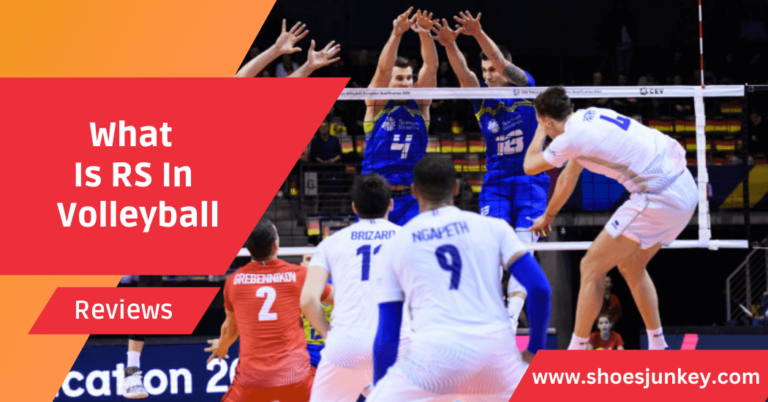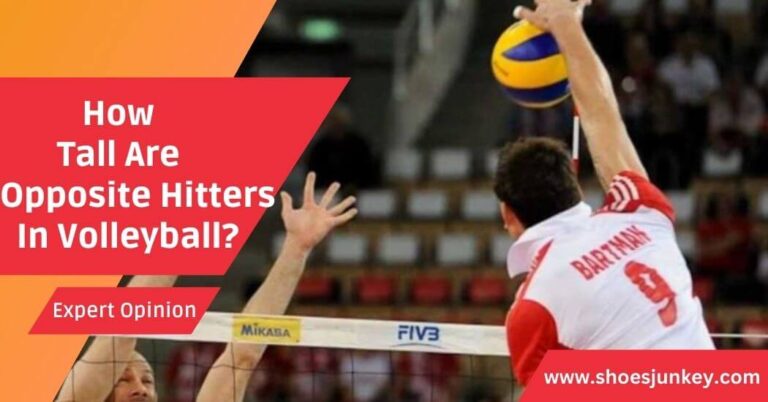What Volleyball Position Should I Play?
When it comes to volleyball, each player’s position on the court is critical for the overall success of the team. If you’re new to the sport or looking to improve your game, understanding the various positions and finding the right fit for your skills and abilities can make all the difference.
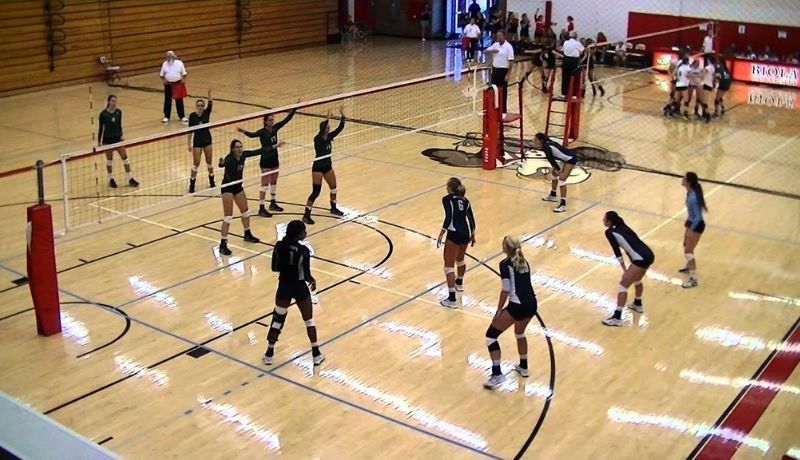
In this article, we’ll delve into the five primary volleyball positions, the self-assessment process, exploring different positions and seeking guidance from coaches and teammates.
Understanding Volleyball Positions:
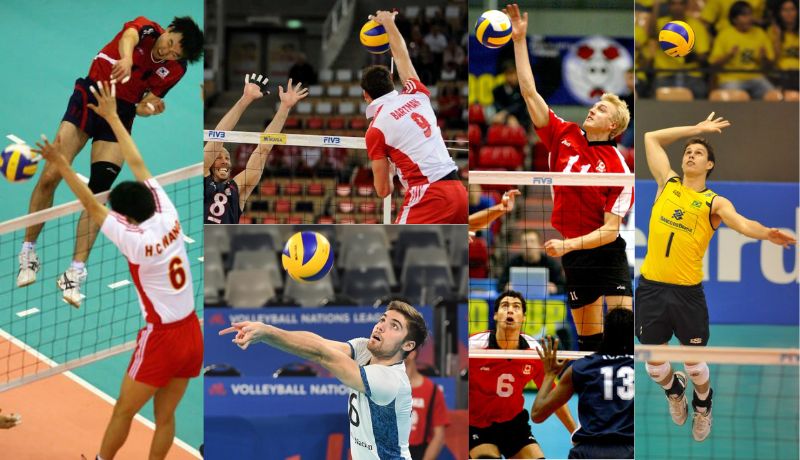
A. Setter
The setter plays a pivotal role in a volleyball team, distributing accurate sets to attackers and orchestrating the team’s offense. To excel as a setter, you need excellent hand-eye coordination, decision-making skills and the ability to anticipate teammates’ movements.
B. Outside Hitter
Outside hitters attack from the sides of the net and are critical for establishing a strong offensive presence. Versatility and strong hitting ability are essential for success in this position, as are defensive responsibilities like serve receive and blocking.
C. Middle Blocker
The middle blocker plays a multifaceted role in both attacking and blocking. Quick reflexes and solid blocking skills at the net are crucial, as are timing and teamwork with the setter.
D. Opposite Hitter
As the secondary attacker, the opposite hitter’s role requires adaptability and strong back-row hitting. This position also contributes defensively, helping in blocking and digging.
E. Libero
The libero is a unique position, acting as a defensive specialist. Responsibilities include serve receive, digging and ball control, with exceptional passing and communication skills being essential.
Trying Different Positions in Volleyball:
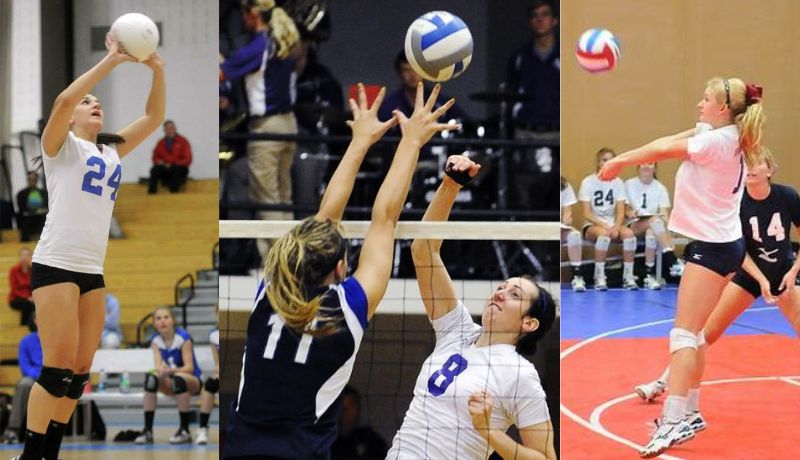
Experimenting with different positions in volleyball can be a valuable strategy, particularly for new players or those looking to refine their game. It not only assists in identifying your comfort zone, but also helps in developing a comprehensive understanding of the game dynamics and team coordination.
- Broadens Skillset: Trying different positions exposes players to various skills and techniques, thereby expanding their overall competency. This can enhance their versatility and resilience on the court.
- Promotes Team Understanding: When a player experiences different roles, they gain a deeper understanding of the responsibilities and challenges associated with each position. This can foster a stronger sense of teamwork and empathy among the squad.
- Reveals Strengths & Weaknesses: Experimenting with diverse roles can help players discover their strengths and weaknesses. It can guide them towards positions where their skills can be maximized and provide insights on areas they need to work on.
- Adaptability: By switching positions, players can develop an adaptable mindset. This flexibility can be beneficial during games when unexpected situations arise or when tactical changes are required.
Self-Assessment and Considerations:
- Physical Attributes: Height, reach and physical agility can heavily influence your position selection. Take stock of your natural strengths and apply them to find the most suitable position.
- Skills and Abilities: Identify your strengths (serving, blocking, passing, etc.) and consider how different positions require varying skill sets.
- Playing Style and Preferences: When choosing a position, think about your playing style—aggressive, strategic, defensive, etc. Align your preferences with a position that best suits your style.
Also consider your comfort zone, goals and long-term ambitions when choosing a position. It’s important to remember that positions aren’t set in stone and you can always explore other options if needed.
Seeking Guidance from the coach and experience players:
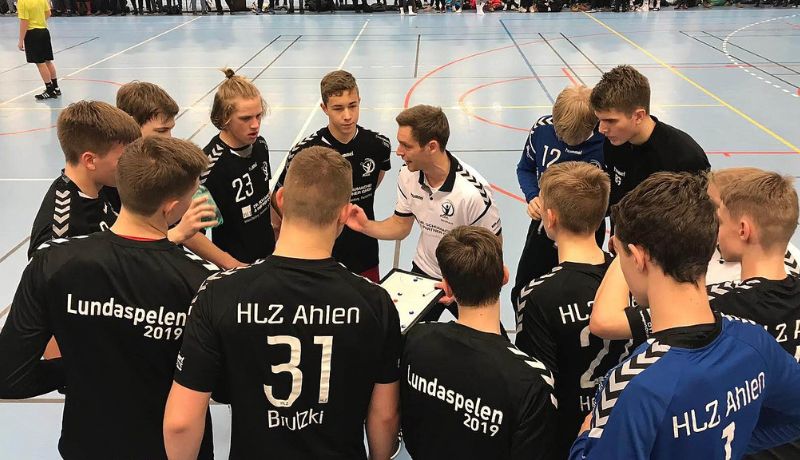
As you strive to find the best position for your volleyball skills, consulting experienced players and your coach can be an invaluable resource. Their input can offer you a fresh perspective and insights that you may not have considered.
Guidance from Coaches:
Coaches, with their deep understanding of the game and expertise, can help identify your strengths and weaknesses and guide you towards the most suitable position. They can also provide training strategies tailored to your role on the team and mentor you on the specific techniques and movements necessary for your position.
Learning from Experienced Players:
Experienced players can share their personal experiences and practical advice on how to excel in a particular position. Observing their gameplay and discussing different strategies can help you understand the intricacies of each role. Don’t hesitate to ask questions and seek feedback—it can significantly enhance your game performance and your understanding of volleyball team dynamics.
Remember, the journey to find your optimal position in volleyball is a process. Embrace the learning experience, remain patient and maintain your passion for the game. With determination and the right guidance, you’ll find the best fit for your unique skills and attributes.
Final Thoughts:
With the variety of positions available in volleyball, it can be hard to determine which one may fit you best. Ultimately, the decision will come down to your individual strengths and preferences. Consider each position carefully and do some research or speak to an experienced coach to gain more insight into the game.
No matter what position you decide on, the most important thing is that you have fun; only then will you truly make the most of whatever experience you are looking for in volleyball! But for the beginner its better to start from the basics and learn about each position individually. As you gain experience in the game, you will find that certain positions suit you better than others.

